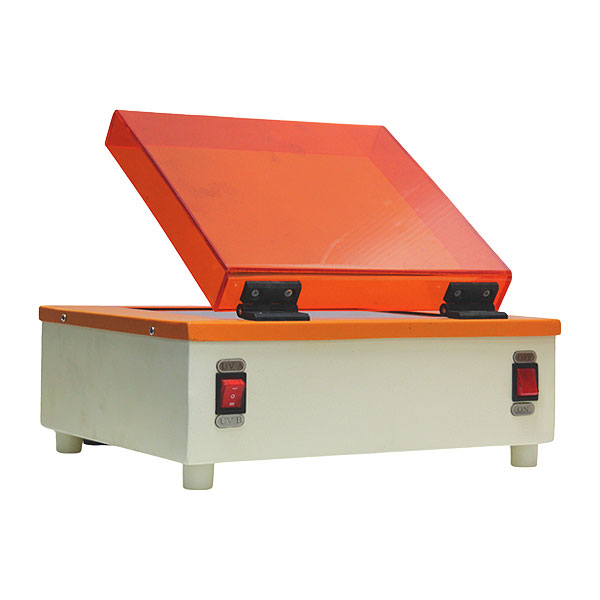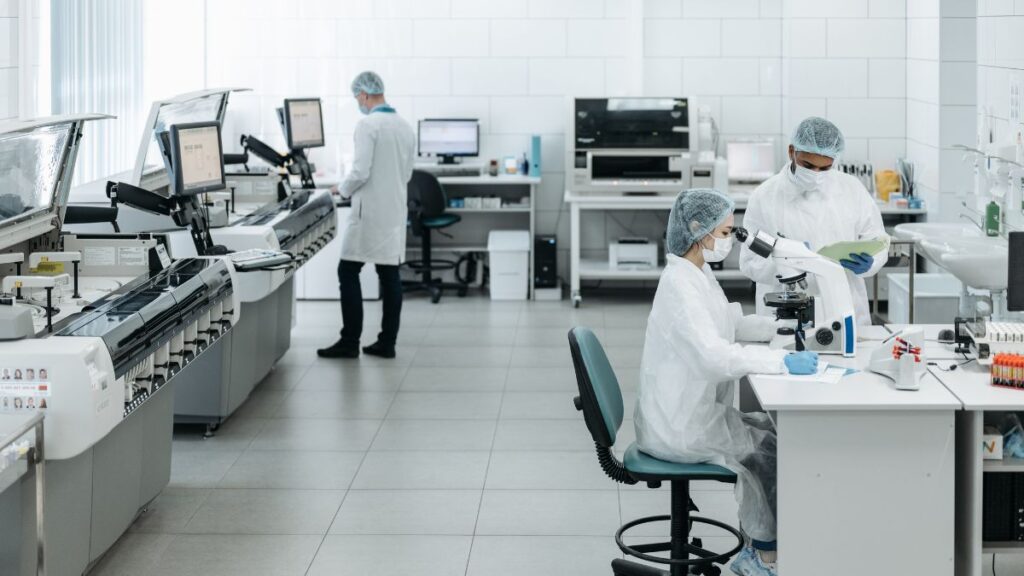UV or ultraviolet transilluminators are extensively used for molecular biology research in laboratories. They are primarily used for visualising protein samples along with DNA and RNA that have been stained with ethidium bromide. These devices pay a crucial role in the gel electrophoresis process, northern and southern blotting, and various other techniques used for identifying nucleic acids. However, the UV transilluminator needs to undergo adequate maintenance for optimal performance.
Here are the maintenance tips you need to follow to ensure that the device keeps performing at its best.

- Cleaning the surface
One of the most important aspects of maintaining the UV transilluminator is cleaning its surface. With prolonged usage, materials like stains, gels, and other residues tend t accumulate on the surface of the transilluminator. Gradually, it slows down the effectiveness of the UV light and damages the device to a great extent. To clean the surface, you need to follow these steps:
- Firstly, you have to unplug the device to avoid accidents and then use a soft and moist cloth containing a small amount of a mild detergent to clean the surface. However, you must refrain from using an abrasive and harsh chemical.
- When cleaning the surface of the device, you must clean the debris and smudges that are likely to block the UV light and the visibility of users.
- Once you clean the device, let it dry and turn it on again to see if it is working properly or not.
- Checking the cables and power supply
To ensure UV transilluminator safety, checking the cables and power supply is essential. Over the period, the power cord as well as the internal wires may incur damage due to frequent usage as well as wear and tear.
- Checking the power cord is the first step and helps you detect visible signs of fraying, wear and tear or cuts. Working on damaged cord compromises the safety of the device and pose an electrical hazard.
- Securing the cables is another step that ensures safety to the fullest extent; so watch for tangled and pinched cables and remove those that have been kept under pressure. That way, worn out cables can be removed before they cause short circuit.
- When the switch of the device fails to responds, it indicates immediate repair or replacement.
- Watching the performance of UV bulbs
As the name suggests, the UV transilluminator uses are largely based on the functionality of the UV bulb. So, care has to be taken for inspecting and replacing them whenever necessary. That way, they may not perform effectively or burn out, causing incessant damage to the images. To ensure adequate illumination, you must:
- Check the intensity of the bulb periodically and identify if it is bleaking out or flickering by chance.
- While checking, you must keep in mind that the UV bulbs are extremely fragile and may break even under slight pressure. So, you need to wear gloves when handling the bulbs so that the oil on your skin does not accidentally stick to the glass of the bulb and reduces its lifespan.
- UV bulbs do not last when left to operate for prolonged period. So laboratory researchers need to put the light off when the device is not in use.
- Take care of the calibration
When you perform routine maintenance check of the UV transilluminator, you must watch f the calibration is working fine. Calibration allows you understand the uniformity of the UV intensity and whether it is accurate. Although a majority of these devices come with pre-calibration, you need to check the accuracy of the readings.
- Schedule annual service checks to extend the lifespan of the device and ensure that each part is functioning correctly.
- Use a UV intensity meter to measure the output of the device and whether it is emitting the desired levels of UV light.
When the UV transilluminator is not being used, you have to take care to store it properly. Ideally, it must be kept in a clean and dry location to make sure that is well-protected against dust, moisture, and accidental spills. Furthermore, you can cover it to prevent accumulation of dust, dirt and various other contaminants. Finally, try to avoid stacking things unnecessarily on the equipment. If you are trying to search for high-grade laboratory devices, check with IGene Labserve, one of the best-known in India for delivering certified devices. Explore here https://www.igenels.com/ to order your equipment right away.

